Table of Contents
Business-to-business eCommerce is continuing to develop, slowly but gradually. It is expected to account for at least 12 percent of total B2B revenue in the next year. With 80 percent of executives doing product or service research on their personal computers in the evenings, it’s no surprise that, according to Accenture, B2B buyers are 57 percent of the way through the purchase process before they first meet with a salesperson.
As a result, since the internet has altered the purchasing process, sales and marketing must change their strategies to attract this new breed of customer.
Building a website and then sitting back and hoping for traffic will not work. Having a clear understanding of your B2B sales funnel ensures that your marketing does not simply attract leads into one silo and that your sales do not merely pitch their leads into another silo, leaving the business owner or senior executives scratching their heads in bemusement at the mystery of poor digital channel performance.
Visualizing your B2B sales funnel serves as a baseline, a starting point that will save your company from making several expensive errors in the future.
What Is a B2B Sales Funnel?
To have complete knowledge of a B2B sales funnel, three steps must be considered in detail:
- Buying: Trying to find a solution to an issue (pain point).
- Selling: Finding and interacting with clients who have a specific problem.
- Marketing: Researching the issues, educating prospective buyers, and assisting sellers.
The B2B sales funnel the point at which these three processes come together and interact with one another. It is up to a particular organization to choose how this junction will be configured.
You do not have complete control over the purchasing process; you cannot just compel someone to purchase your goods. However, you may impact it by implementing a controllable sales process and using effective marketing methods.
Five Classic B2B Sales Funnel Stages
The conventional business-to-business sales funnel model was first introduced in 1898. Customers stream into the funnel, where they get familiar with your brand, product, or services.
Things, on the other hand, have altered significantly since then. The opportunity to capture their attention is brief in this situation. An item is read for an average of 37 seconds by the typical reader. Let’s look at each step of a B2B sales funnel model one by one, starting with the first.
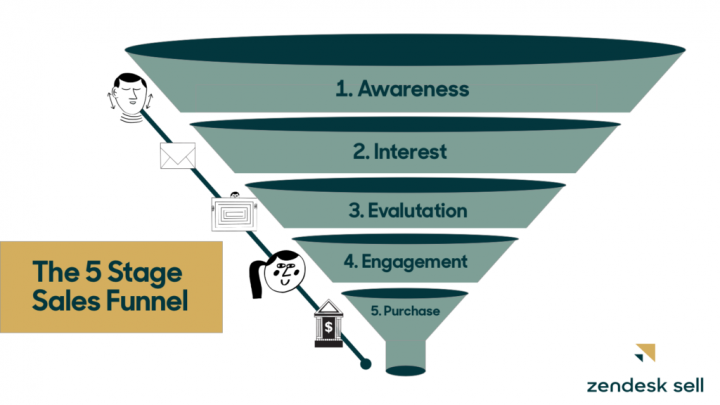
Stage 1: The Awareness stage of the sales funnel
Customers are seeking solutions at the Awareness stage of the funnel in the B2B sector. Their issue cannot be solved until they access the resources, knowledge, data, viewpoints, and insight required. It may be anything as easy as finding a new supplier for their manufacturing issues, or it could be something more complicated like software that links their front-end and back-end processes. Because there is no certainty that they would seek a solution from your organization, the lead’s value is minimal at this point. However, it is possible that they will get interested in your goods and services provided you present them with adequate high-level information and content. To understand how your customers think, what issues they seek to solve, and their journey to find a solution, creating personas is essential at the top of the sales funnel.
Stage 2: The Interest stage of the sales funnel
The Interest stage is when consumers begin to look into your items to learn more about them and get more knowledgeable. This is the initial step of the purchasing process, during which confidence is established. At this phase, nurturing the lead is primarily about improving the buyer’s perception of your organization.
Stage 3: The Evaluation stage of the sales funnel
When it comes to capturing the buyer’s interest at the Evaluation stage, you’ve done an excellent job. Next, it’s time to concentrate on demonstrating how your solution is the best fit for their requirements. This is the moment to inform leads if your solution is not in their best interests to build trust between you and them further. A demonstration of honesty and integrity at this point may pay dividends in the future, even if your product or service does not now match the consumer’s demands.
Stage 4: The Engagement stage of the sales funnel
Following the Engagement stage, your lead will begin connecting with members of your sales organization. Product demos, sales presentations, and clear communication that you understand the buyer’s problem areas and want to assist them in finding a solution are all examples of what you should do. The degree to which you establish a connection and trust with the lead at this stage is critical in determining whether or not the lead will go to the final step.
Stage 5: The Purchase stage of the sales funnel
In a typical funnel, the Purchase stage represents the culmination of the process. The Buy Order is prepared, or the promise to purchase is accepted, depending on which comes first. Nevertheless, just because money and goods have exchanged hands does not always imply that you have reached the end of the business-to-business sales funnel.
Post-purchase interaction helps keep customers happy and helps feed the funnel, which is essential in developing a B2B sales pipeline. Why? Because referrals from friends or colleagues account for the vast majority (84 percent) of B2B sales, these leads convert at a rate of 30 percent higher than non-referral prospects.
However, although the conventional sales and B2B marketing funnel continue to be the most generally used model, advances in account-based marketing are redefining the funnel’s traditional function. Keep an eye out for a future post on this innovative approach to connecting sales and marketing.
B2B Sales Funnel; Best Practices
To create quality leads, enhance the sales process, and discover and optimize customer journeys, you need to use a well-structured sales funnel model, which can be found here. A sales funnel is an essential component of the operational process, and it is something that may assist you in developing a long-term plan for both new and current clients. So let’s have a look at how to construct a sales funnel step by step.
Understand what your clients need
Customers in the digital era are inundated with information and have an almost endless number of alternatives to pick from. So, first and foremost, understand that you will not advertise to just anybody, but rather to people who are the most significant match for what you are providing.
In fact, according to a survey conducted in 2021, about 75% of B2B companies, in contrast to B2C companies, have trouble developing marketing approaches for long-term success. When consumers see irrelevant content – such as advertisements, promotions, and articles – they get disinterested. Ineffective targeting has ramifications that extend well beyond a disgruntled customer. Consequently, businesses squander money, alienate consumers, and risk damaging their image.
What to do:
Before you go any further, begin by doing some preliminary research on your target audience. Determine what site visitors do on your site, such as where they click, what they look at, and how much time they spend on a specific page by tracking their behavior. Then, use site monitoring and analytics tools combined with your research to uncover distinct demographics you may target.
Beyond website data, you may wish to concentrate on requests for proposals (RFPs), conversion rates, mailing list analysis, and other aspects of client interaction with your company. But, again, users will respond more effectively to marketing if you understand when they take action on your website.
Attract the attention of your target audience
As a result of increased competition and widespread skepticism, it is now more difficult than ever to catch customers’ attention. What works is a tailored message relevant to the recipient and is provided at the appropriate moment. Unfortunately, because the return on investment is not always immediately apparent, this may be a difficult sell for some marketing managers.
The majority of website visitors do not purchase their first visit. A prospect may need many visits before they feel comfortable with your brand and goods in various sectors, including the automotive industry. Depending on the circumstances, moving a lead from the awareness stage to the contemplation stage might take many months.
What to do:
Following identifying people interested in your goods, it is necessary to lead them towards the broad end of your funnel. This will take time since actions seldom occur on the first occasion of a meeting. An ancient marketing proverb states that messages must be repeated up to seven times before they become effective – and this is still true in B2B marketing today.
Digital solutions, such as eCommerce, used in combination with a customer relationship management system (CRM), may assist you in tracking leads throughout the assessment and purchasing process and determine the best moment to contact them and create a positive first impression.
Cultivate your connections
Even after an excellent initial encounter, many firms find it challenging to keep the momentum going. When you contact leads too soon or too late, you run the danger of either frightening them away or losing their interest in what you’re offering.
As digital natives take center stage, shoppers of all sorts are becoming more comfortable making purchasing choices without consulting with others in the traditional sense. According to Forrester Research Inc, approximately five pieces of information are reviewed by the typical B2B customer before purchasing. In other words, prospects are unlikely to want (or anticipate) a phone call or email from you.
What to do:
A drip campaign may assist in moving these cold leads down the funnel in a more precise manner. When you do so regularly and with helpful material, especially information that targets goals and pain areas, you “warm them up” and increase your chances of closing the deal.
Furthermore, since drip programs may be customized to meet your specific needs, you can fine-tune them for each character. You must exhibit a thorough comprehension of their requirements and make your solution and offer seem the most appropriate choice for them.
Make preparations for the meeting.
As previously said, initial impressions are seldom enough to seal the deal; your prospect will almost certainly want more persuading before becoming a paying client. First impressions, on the other hand, are essential – and in many circumstances, they will determine whether or not your prospect will make it to the conclusion of the sales funnel.
This is the stage at which you must be prepared with all of the relevant facts. In the CRM system, combine your research data, suitable material, RFP information, website and communication activities, as well as any customer data you may have. These will assist you in addressing your clients’ pain points at the initial encounter and create a positive first impression.
What to do:
Sales professionals must be adaptable and creative to interact with their prospects from the first contact through closing. As a result, standardizing your sales process may significantly increase the size of your sales funnel, pipeline, and overall productivity. Standardization is not a script or a sales playbook; instead, it is a guideline that can be tweaked and adjusted to ensure that you are moving in the right way.
Specific procedures will be repeated – you may automate them to free up sales representatives’ time to concentrate on creating connections and increasing sales volume. For example, you may utilize behavioral data to discover the customer’s pain spots and then provide solutions. Then you may customize the product to their specific needs in a manner that meets their issues.
Follow up regularly
As reported by HubSpot, more than 80 percent of sales need at least five follow-up conversations, and 44 percent of salespeople abandon up after receiving the first “no.” Historically, most sales representatives concentrated on the top of the funnel and closing the transaction.
If you follow up on leads, you may prevent potentially significant opportunities from slipping through your fingers. Aside from training your salespeople on the need to follow up frequently, you can use your email software to establish alerts or calendar reminders to stay on top of follow-ups.
What to do:
Additionally, the follow-up process aids in the optimization of your sales funnel. For example, customers who have gone quiet after many calls reacted with an out-of-office response or requested to connect at a later time may be removed from your database. In the case of those leads who progress further, you’ll be able to see where they are in relation to the funnel and how near they are to sealing the transaction.
Don’t forget to stay in touch with your current consumers as well. Your company may get valuable insight into the customer’s experience and what they enjoy about your product. You can also identify potential testimonials and encourage them to spread good word-of-mouth amongst their social networks.
Finalize the deal
Ultimately, you want clients to make a purchase, and this is the stage at which that either occurs or doesn’t happen. But, at the same time, over half of the significant B2B transactions are made by leads who get ongoing assistance through the sales process, making your lead nurturing activities very crucial.
Please pay close attention to what your consumer is saying to determine what could be holding them back. According to David Jacoby, the ASK procedure is the most effective technique to get commitment from purchasers while also minimizing difficulties throughout the closing process:
- Align your priorities with your objectives. For example, refer to a prior engagement with your consumers – from phone conversations to meetings to email – and confirm or deny particular claims. This will reassure the buyer that you are aware of their problems and recall their requirements. By seeking reassurance, you strengthen your relationship and ensure that you are on the same page.
- Make a firm commitment. Reiterate the significant advantages of doing business with you, as well as how your solution answers their most pressing concerns. As a result, you may identify potential difficulties and their potential remedies in the future, or you can ask the client if they have any more worries.
- Continue to nurture the relationship. Even if you are successful in obtaining commitment, your task is not over. Before they sign on the dotted line, they should determine whether there are any other decision-makers involved or any contractual issues to be resolved.
When making a significant purchase choice, it’s normal for customers to have reservations (or buyer’s remorse). Make yourself accessible to answer any concerns the consumer may have after the transaction is completed. Maintaining open channels of communication will allow you to maintain a healthy connection that will persist for a long time in the future.
Optimize your sales funnel.
Whether you’re a distributor of electrical components or a seller of medical goods on the internet, you must reach your target audience. Every level of your sales funnel has a life, breathing consumer seeking solutions to their problems. Therefore, your funnel must provide customers with a varied range of options to better satisfy their demands at each level.
Customers will be exposed to a wide range of information initially, including landing pages, blog posts, social media, video clips, and infographics, among other things. However, even though all of this data seems unconnected, it must be targeted to a single persona in the funnel.
Example: If you’re selling FMCG online, you’ll want to target a particular merchant who sells a specific product or brand and a specific version or item category. It’s also an excellent location for doing A/B testing and switching between different sorts of material. In other words, if one form of call-to-action or tagline does not work, experiment with others to discover what works.
As the funnel narrows, your leads will want more detailed information to grasp your offering correctly. In particular, they will look through whitepapers and manuals as well as webinars and case studies. It doesn’t matter where a lead is in the funnel; they must stay engaged, enthusiastic, and motivated as they work their way down the funnel toward a deal closure.
B2B Sales Funnel; Case Studies
B2B sales funnels are more value-oriented than B2C sales funnels and less emotionally driven than B2C sales funnels in terms of choices (theoretically) made.
Nevertheless, how can you build (and improve) a B2B funnel that converts effectively?
That’s why I’ve put together this practical study of B2B sales funnels examples for you. We’ll have a look at the following elements below:
GoCardless
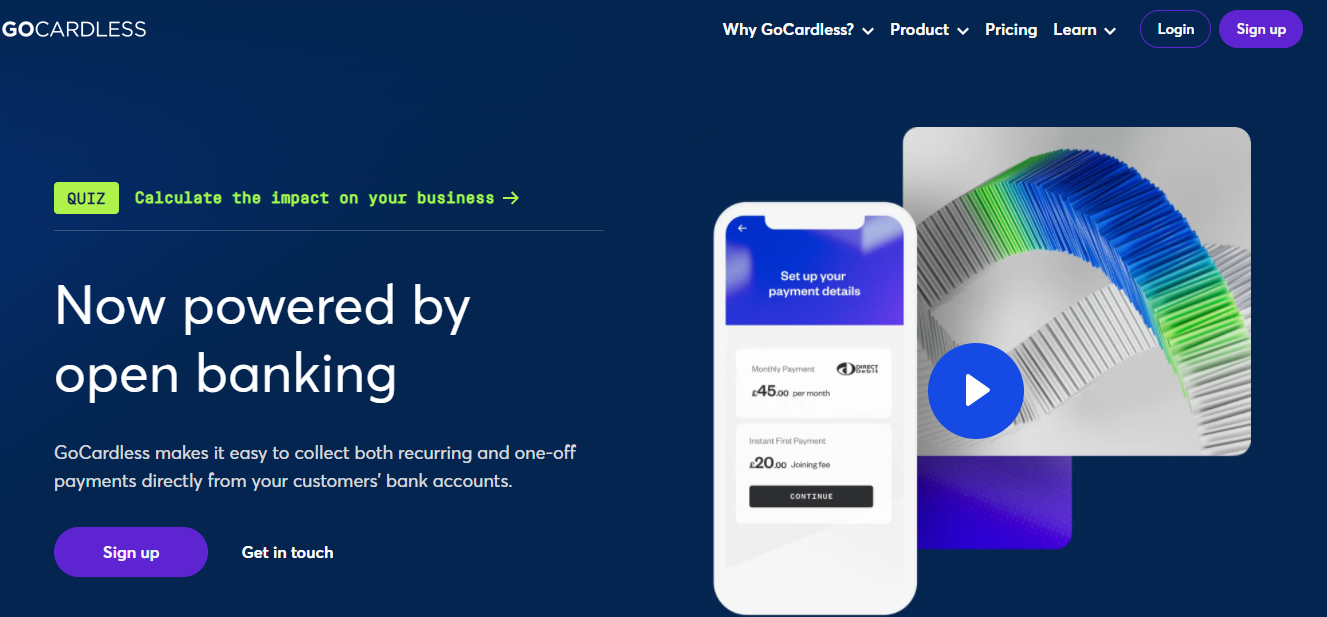
The Law of Friction, which is one of the Laws of Sales Funnel Physics, is critical to the success of this case study in terms of conversion rates.
According to this rule, that which is devoid of distractions and unnecessary labor is more likely to convert than the opposite.
The greater the extent to which you can minimize or decrease additional labor on the part of your prospects, the simpler it will be for them to go on to the next level of your funnel. And, finally, the simpler it will be to persuade people to purchase whatever you’re marketing is the case.
Frequently, company owners are unaware of the objectives of prospective customers. As a result, they fail to see that specific aspect on their website prevents these clients from purchasing.
While conversion rates may increase when friction is reduced on your landing pages and a user’s objectives are made more straightforward to achieve, this is not always the case.
And it is because of this premise that GoCardless was able to raise its conversion rate.
To eliminate friction, they made it as easy as possible for users to their site to obtain the movie that they want as quickly as feasible.
There is no need to submit a form to be notified of the live demo date.
Anyone interested in joining the live event may do so by just clicking a button and watching a 10-minute video as soon as it is available.
People tend to favor whatever is most convenient for them at the moment.
In this particular instance, viewing a demonstration video was the best course of action.
The mainline is that by lowering friction on any of your landing pages, you will almost always see an improvement in conversion rates.
Results;
- To enable SaaS, media, and other subscription-based companies to integrate direct debit into their transaction processes, GoCardless was created.
- They did an A/B test on their homepage for seven days to see which version performed better.
- In addition, they boosted the number of individuals that saw their sample video on their website. All of this may be accomplished by simply adjusting the CTA button copy.
- The number of conversions increased by 139 percent for GoCardless.
Key takeaways;
- Minimizing friction in your B2B sales may be accomplished in as little as a few minutes of your time.
- To understand more about our services, invite potential customers in for a free first consultation.
- This necessitates the prospect taking the initiative to arrange the call, set the appointment time, and then show up for the session.
- In Leadpages, create a CTA that directs visitors to a 20-minute demo video.
Grasshopper
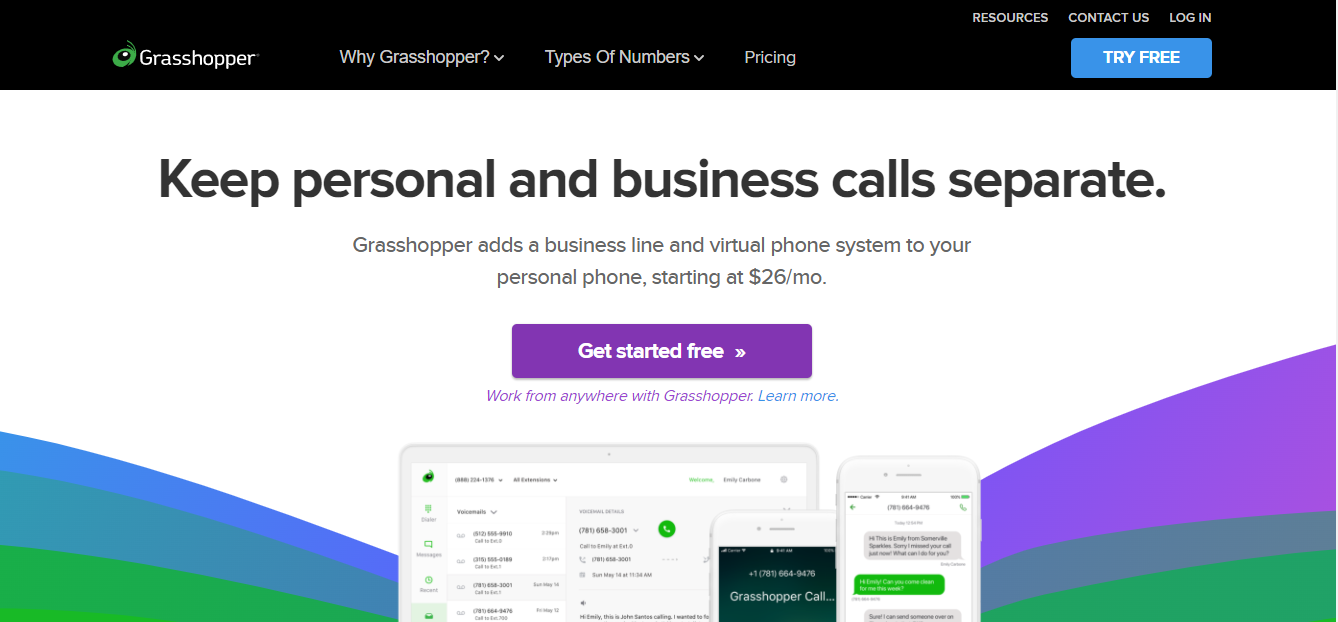
For small businesses, Grasshopper is a virtual phone system that allows them to have a dedicated phone number for their organization. Alternatively, it may be utilized with existing landlines or mobile phones.
With the help of our B2B SaaS sales funnel, they’ve grown their revenue to more than $100,000,000.
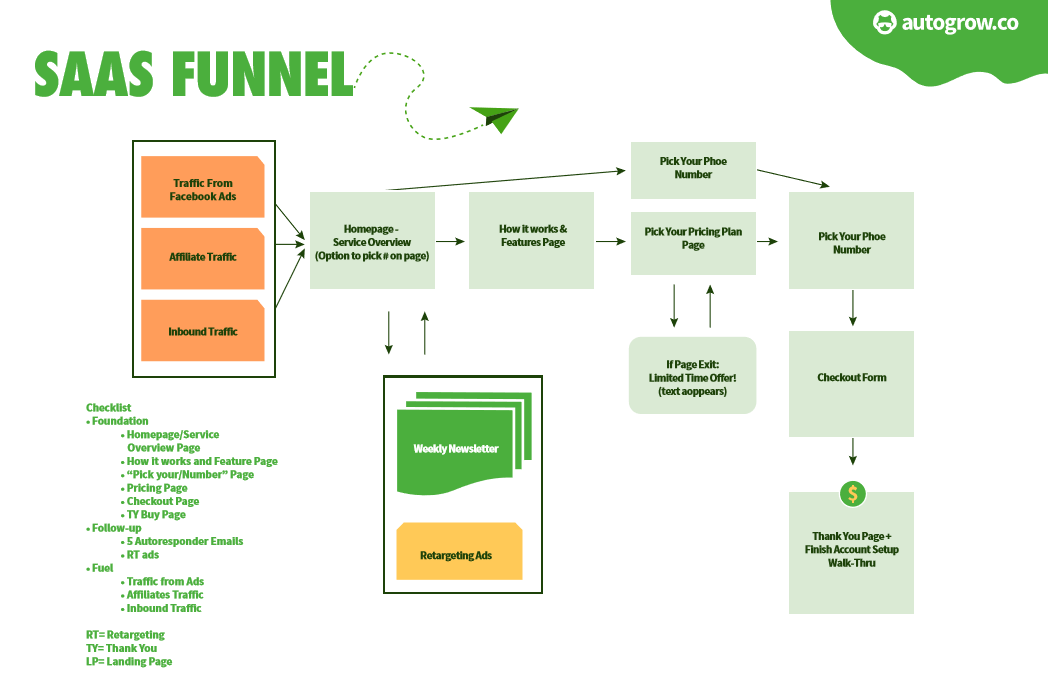
They reduced the size of their sales funnel, which resulted in a higher conversion rate.
Because funnels operate best when they are kept simple.
A lead may be moved from one step to another in your sales process in as little as a couple of weeks or as long as several months, depending on how sophisticated your strategy is.
In fact, according to Salesforce, on average, just 13 percent of leads turn into opportunities, with the average conversion time being about 84 days.
One important conclusion from this case study is that Grasshopper was looking for something different to accomplish.
To raise awareness of their rebranding and motivate entrepreneurs, they launched a viral marketing campaign. And they did it all by being innovative and coming up with a unique technique to communicate with their target audience.
The Law of Scale had an essential role in this case study.
According to this rule, marketing based on scalable distribution has a better chance of reaching a larger audience than marketing done directly.
This company’s marketing effort reached as many individuals as possible via the appropriate distribution channels was the key to its success.
They gained fame and raised knowledge of their rebranding by reaching out to target consumers via direct mail campaigns.
Let’s look at what Grasshopper accomplished with its marketing strategy and by interacting with its target demographic via FedEx shipping services.
Results;
- Because of this, they saw a rise in the number of views on their marketing campaign’s YouTube video. There are over 8,000 views every day.
- Please have a look at the numbers shown below…
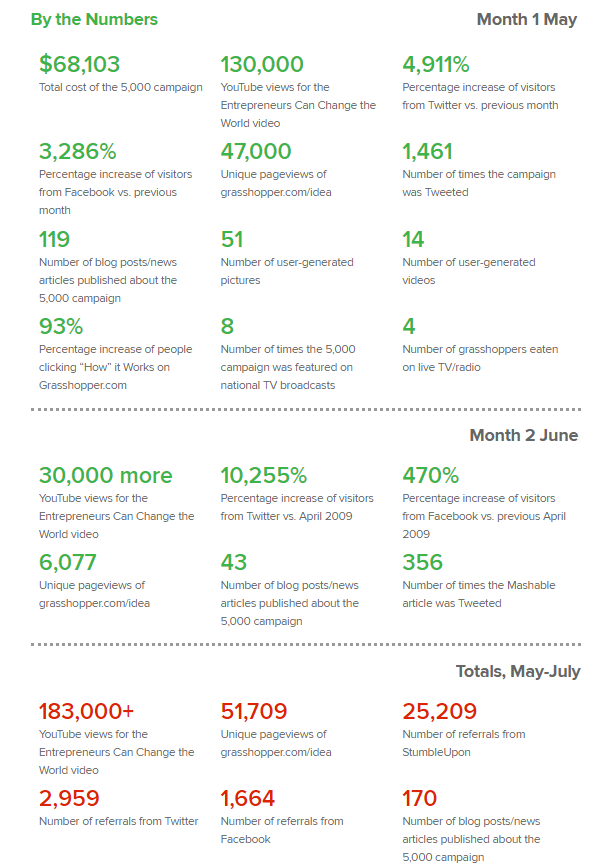
- Influencers such as Guy Kawasaki have even expressed their satisfaction with the campaign’s results on Twitter.
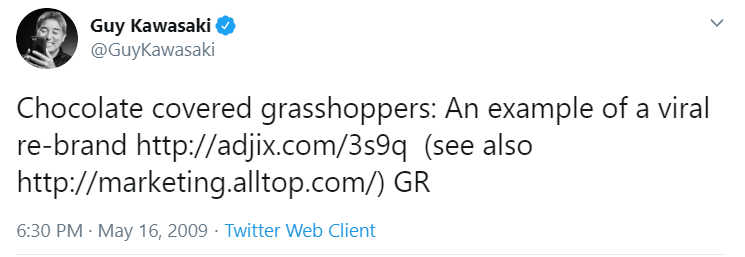
- Because almost everyone who saw the bizarre chocolate-covered grasshoppers on social media posted a picture of them or tweeted about them.

- It wasn’t long before Grasshopper began getting an influx of unsolicited films and photographs of people eating the bugs. That is to say; this marketing effort became a viral sensation. So naturally, everyone was expected to contribute in some way.
- According to the company, people were sent to a video by the corporation without knowing what the film was about.
Key takeaways;
- To reach the appropriate audiences, you must first identify the most appropriate distribution channels. After that, you may use them to gain popularity.
- Because to get larger (i.e., receive more traffic), you must use existing distribution channels.
- It would be best if you advertised yourself to reach out to the people interested in what you offer.
- Whether it’s via emails, a FedEx delivery containing chocolate-covered animals (ha!), or knocking on people’s doors, do whatever it takes to get your goods or services in front of them.
- Use the marketing potential of a medium that already has a vast and established audience, such as social media, to increase your brand awareness.
- Your efforts will determine the timeline for putting this understanding into action because they aren’t scalable in the first place.
- With careful preparation, though, you may achieve spectacular results, just as Grasshopper did with his marketing strategy in advance.
SamCart & Freak Athletics
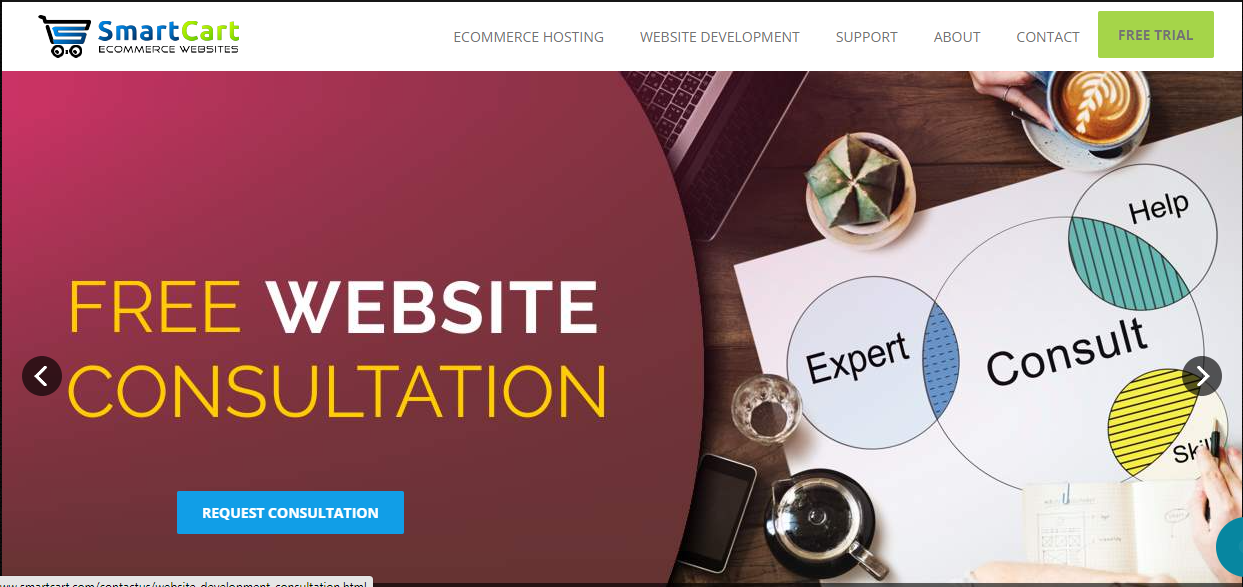
In this case study, the Law of Range plays a critical part in the outcome.
B2 B company owners often overlook upsells.
However, the reality is that this is an effective marketing tactic.
As a result, according to Invescpro, the likelihood of selling to a new prospect ranges between 5 and 20%. However, according to the research, the possibility of selling to an existing client is 60-70 percent.
The Law of Range is particularly relevant in this circumstance since individuals like having a variety of options. Moreover, they want to have a variety of alternatives to pick from.
People like having the option to choose the sort of goods they want to purchase, even if those options are all the same price.
As a result, while upselling consumers, provide them with as many alternatives as possible to make the best decision for themselves.
By providing a diverse selection of items to your clients, you will likely see a rise in the average order value per customer. This is exactly what occurred in this case study.
The one-click upsell method utilized in this case study is a beautiful way to increase the amount of money you make from current clients.
This is primarily because they already trust your organization (hello, they’ve already reached your checkout page!). In this case, they will not have to enter their credit card information again, making it a straightforward option.
Furthermore, it is possible that the purchase was made on impulse, as seems to be the case here.
Results;
- Customer revenue increased by an average of $36.78 when they purchased via the company’s one-click upsell funnel.
- Only one-click upsells contributed to this increase of 29.3 percent in revenue. In addition to around $36,773.45 in income for a year.
- This upsell was intended for those planning to purchase their primary product, “Can’t Be Protected.”
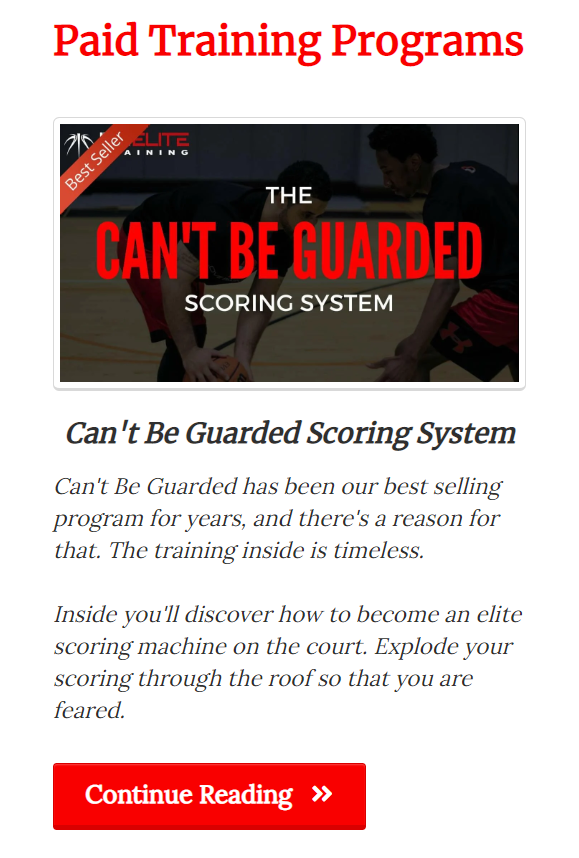
- Freak Athletics increased the average revenue per client from $29.00 (the cost of their primary product) to $65.78 by just adding a one-click upsell at the end of their funnel.

- For Freak Athletics, the one-click upsell made a significant difference in their sales results for a year:

Key takeaways;
- SamCart is a fully-featured eCommerce platform that was created specifically for merchants to display their items online.
- This is a fantastic and reasonably priced product to utilize for upselling as well.
- You may use it to build dynamic upsells and downsells that depend on how your consumers react and whether or not they accept an offer.
- For anybody who sells any items online and wants a flawless checkout experience with numerous payment choices, as well as the opportunity to upsell, downsell, and cross-sell to optimize client lifetime value, I suggest SamCart.
- As a result, when consumers purchase from you, utilize SamCart (or Leadpages) to allow 1-click upsells or cross-sells.
- This is a straightforward method for attracting more clients in a couple of minutes that anybody can do.
- You may increase sales of your linked items or services by doing the following:
- Getting the offer in front of buyers promptly (at checkout or soon after via email).
- Put your offer in a context that is appropriate to what they have previously purchased.
- It is essential to give them an incentive (people like saving money or just feeling like receiving exceptional care).
Final Thoughts
A sales funnel an essential component of every B2B business, and marketing and sales professionals should develop an efficient funnel tailored to their company’s needs.
Using techniques that nurture consumers at the top, middle, and bottom of the funnel, you will be able to cover all of your touchpoints and send quality leads on to your sales staff as a result.
